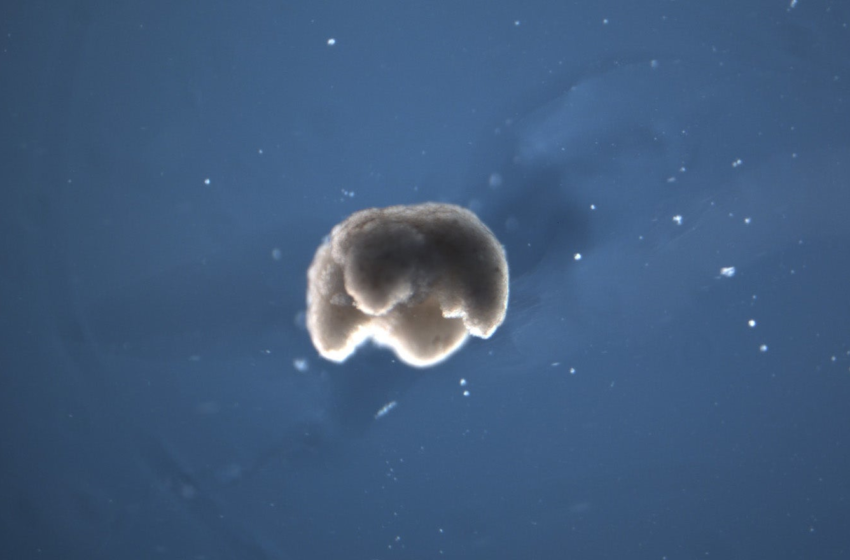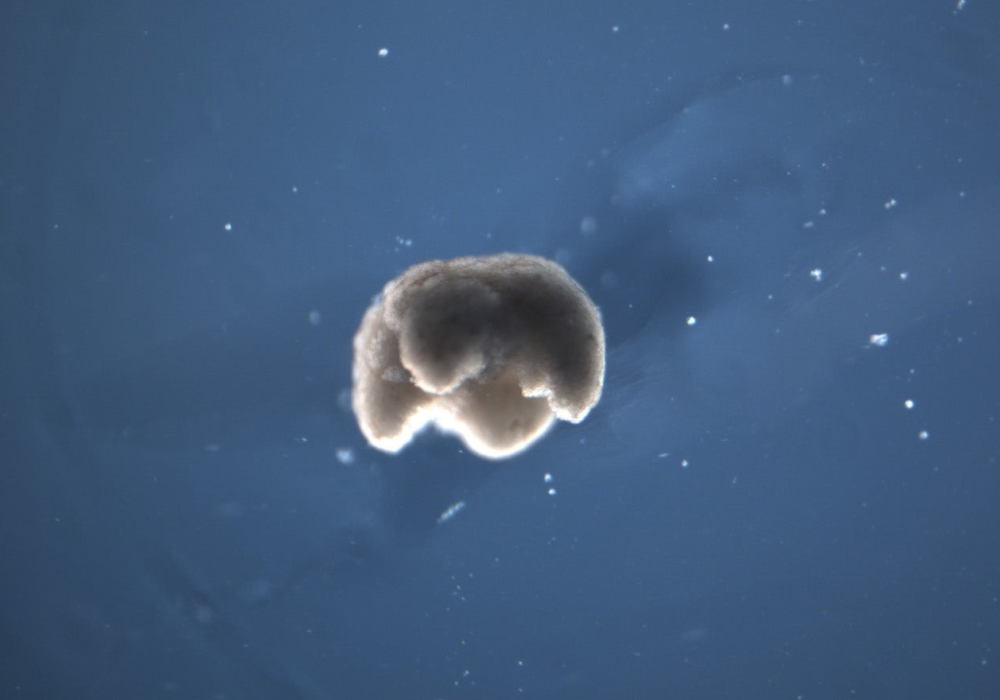Scientists who created xenobots, the world’s first living robots, say the life forms are “the first-ever, self-replicating living robots.”
The tiny organisms were originally unveiled in 2020. The robots were assembled from heart and skin stem cells belonging to the African clawed frog. They can move independently for about a week before running out of energy, are self-healing and break down naturally.
The scientists from the University of Vermont, Tufts University and Harvard University’s Wyss Institute for Biologically Inspired Engineering published research on Monday saying they discovered a new type of biological reproduction different from any other known plant or animal species, according to a press release published by the Wyss Institute.
“People have thought for quite a long time that we’ve worked out all the ways that life can reproduce or replicate. But this is something that’s never been observed before,” said Douglas Blackiston, Ph.D., a senior scientist at Tufts University and the Wyss Institute who worked on the study.
The scientists say that the new research could be beneficial in terms of uses in the medical field.
“If we knew how to tell collections of cells to do what we wanted them to do, ultimately, that’s regenerative medicine—that’s the solution to traumatic injury, birth defects, cancer, and aging,” Michael Levin










